
Life in the ‘deep freeze’!
Bowman CHP heat exchangers provide vital heating for the Halley VI Antarctic research station.
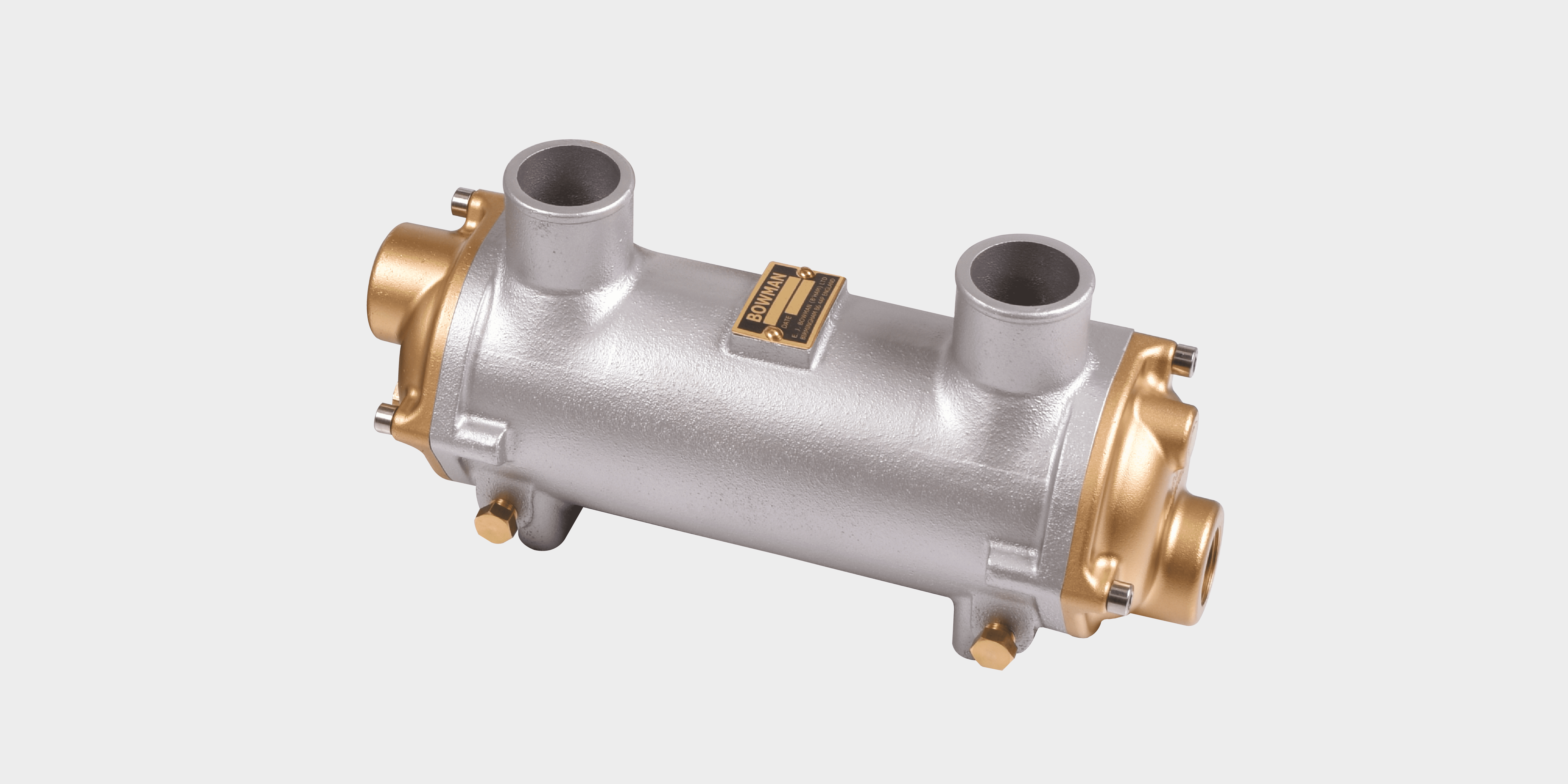
Used to cool the hot, compressed air from the turbo before it reaches the engine, the intercoolers improve engine efficiency and reduce emissions for marine and land-based stationary engines.
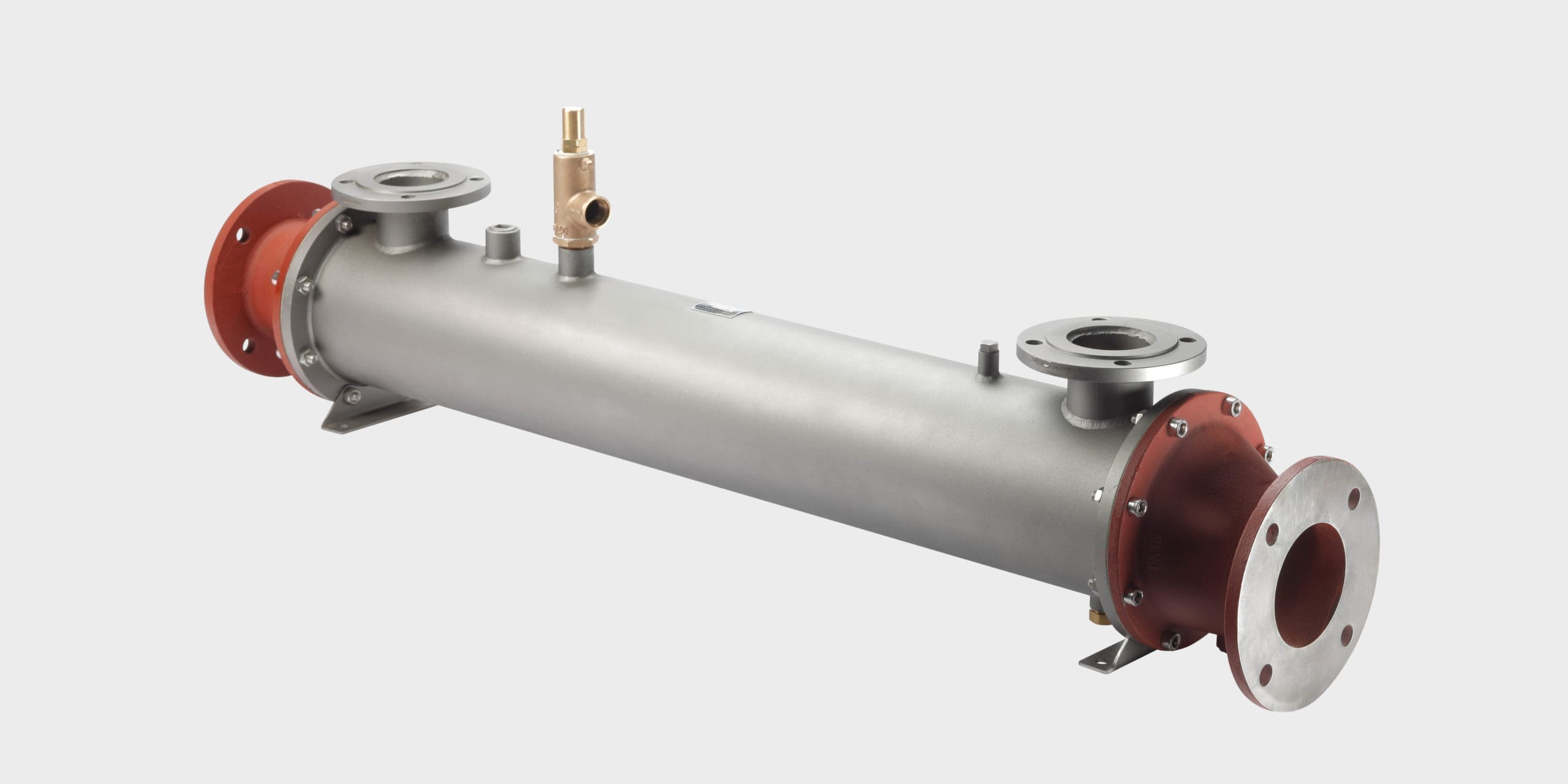
Exhaust gas heat exchangers are designed to recover waste heat energy from the exhaust stream of reciprocating engine powered generating sets.
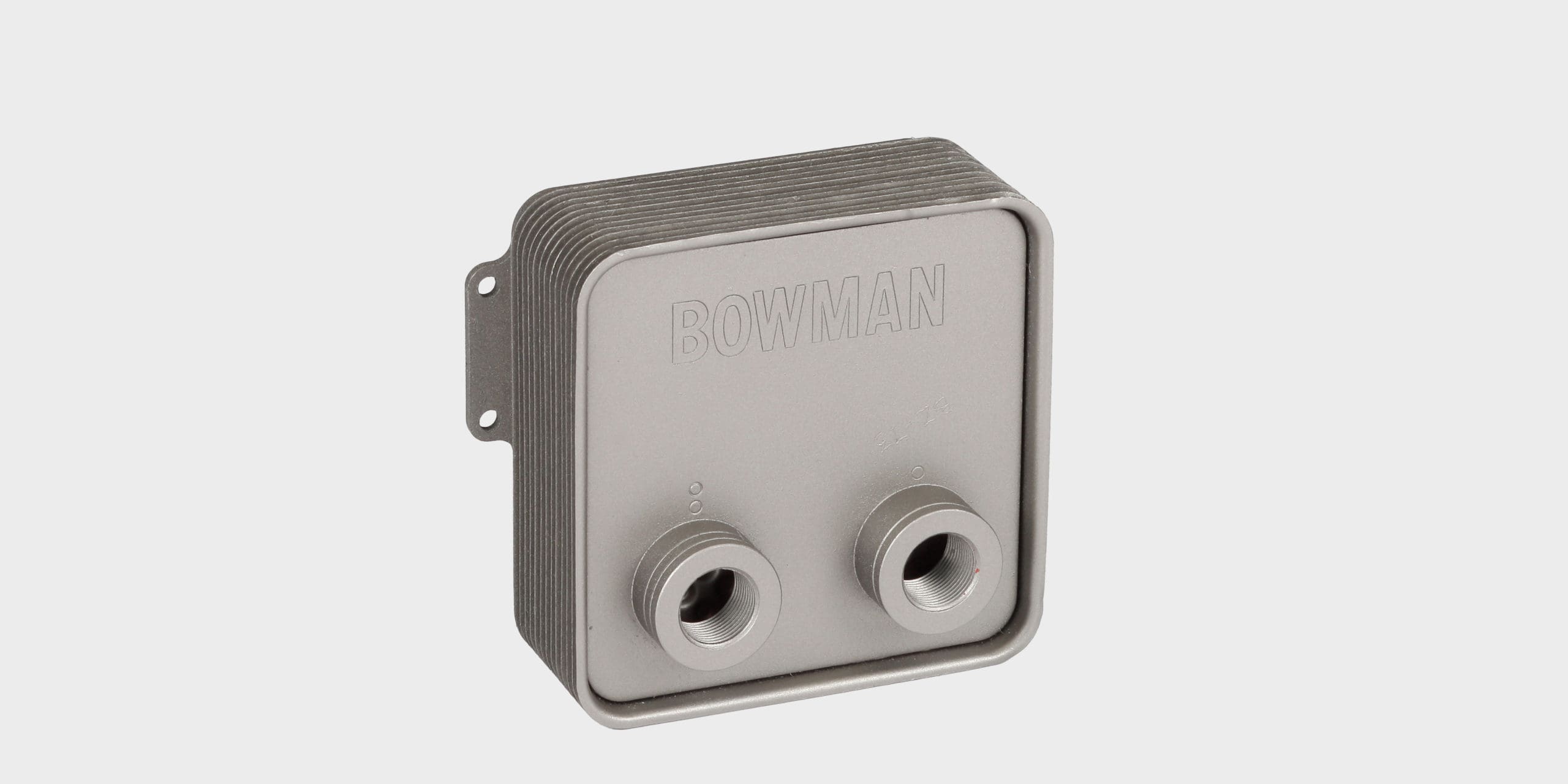
Bowman 'copper free' fuel coolers are compact, highly efficient heat exchangers suitable for fuel conditioning rigs in the automotive testing industry.
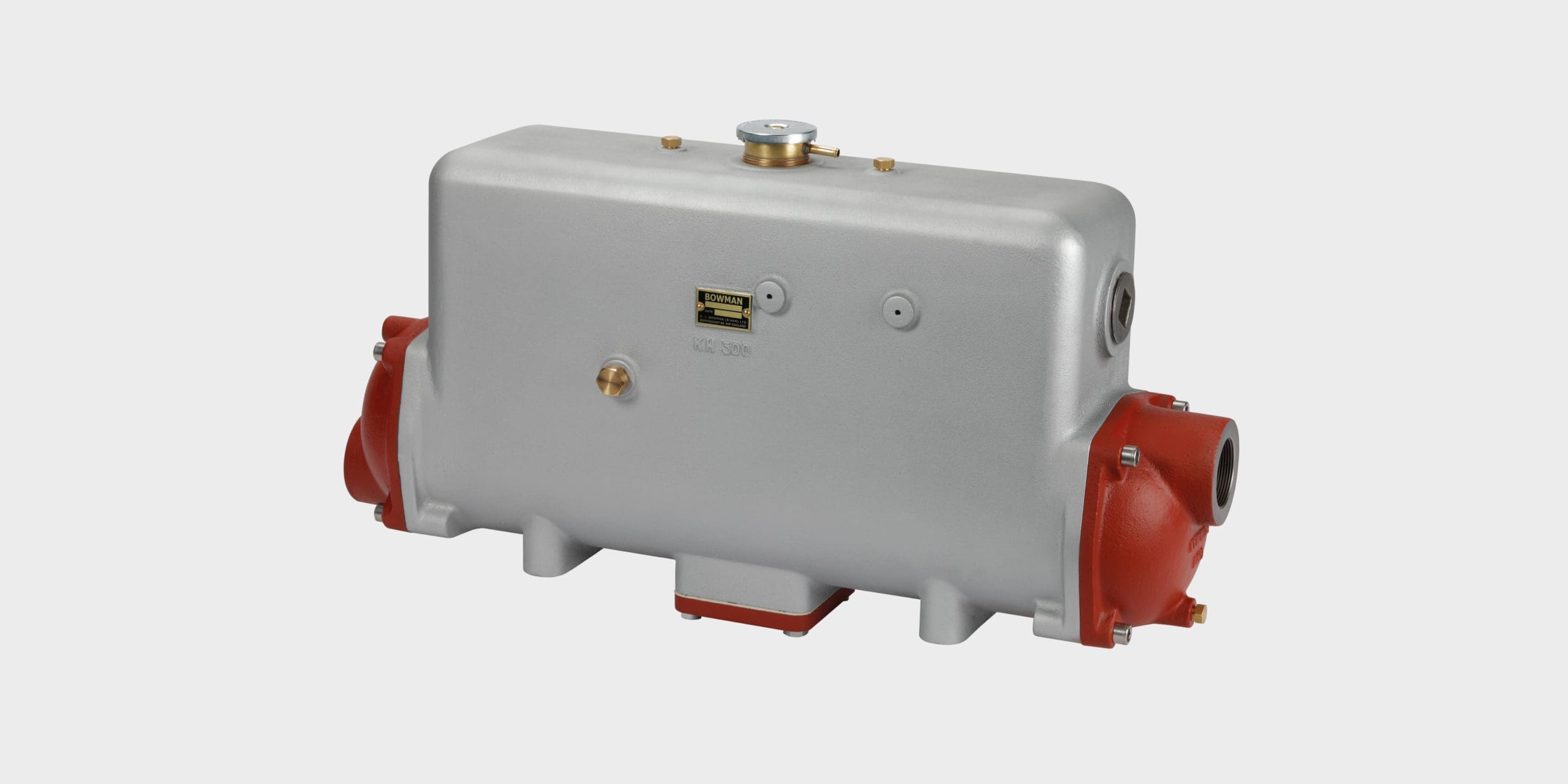
Engine coolant header tank heat exchangers for marine propulsion, gensets or stationary land-based engines.

Bowman EC 80-5113-1T heat exchangers provide a new solution for heating spas and hot tubs in just a fraction of the time taken by traditional electric heaters.
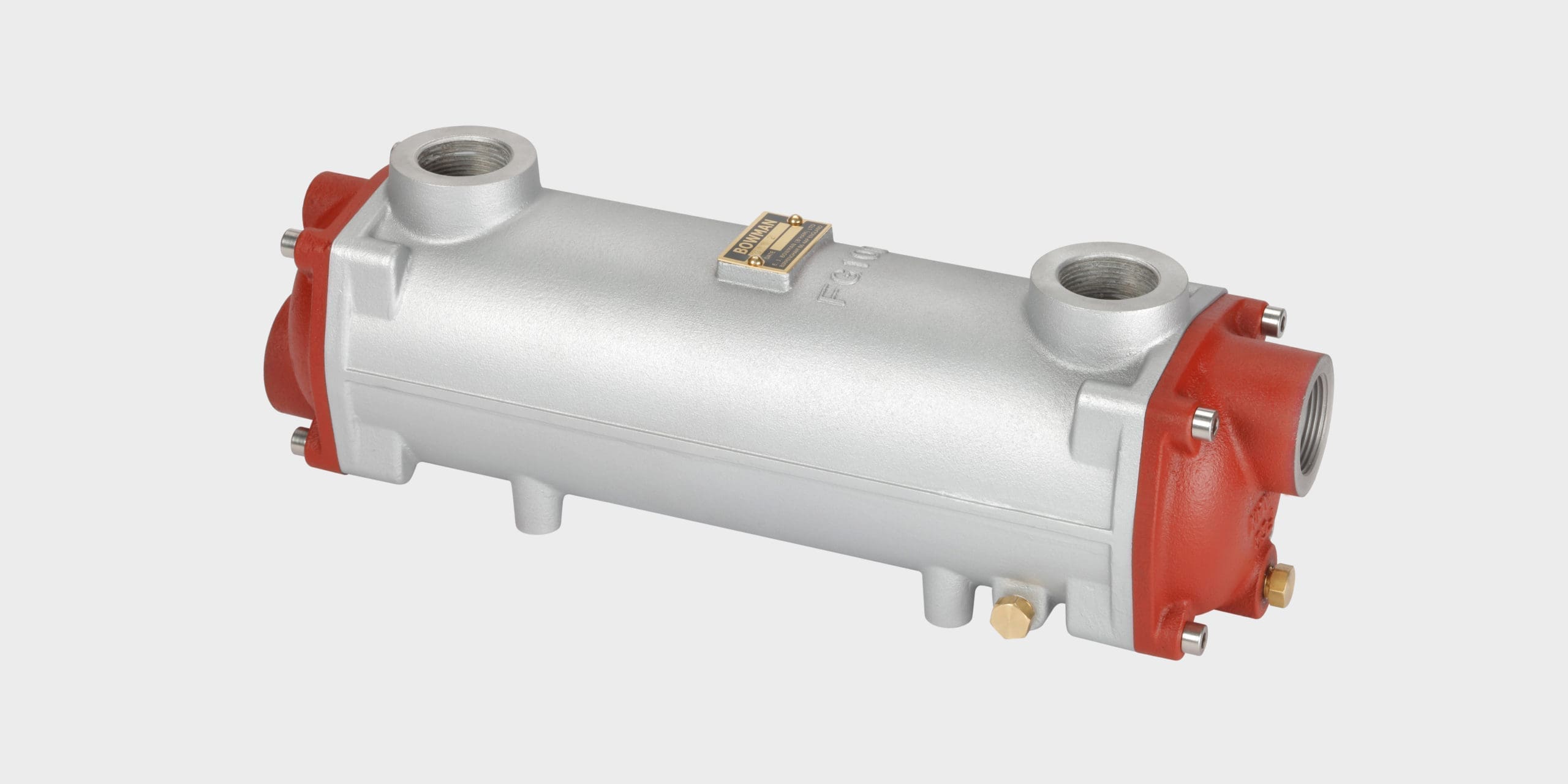
Highly efficient heat transfer solutions for cooling marine, land-based and underground hydraulic systems.

Bowman inline plate heat exchangers are a compact, economical solution for high efficiency heat transfer.

Bespoke cooling solutions for a range of popular marine engines from major OEMs, including coolant heat exchangers, charge air coolers, plus combined heat exchangers and exhaust manifolds, suitable for cooling marine engines up to 1 MW.
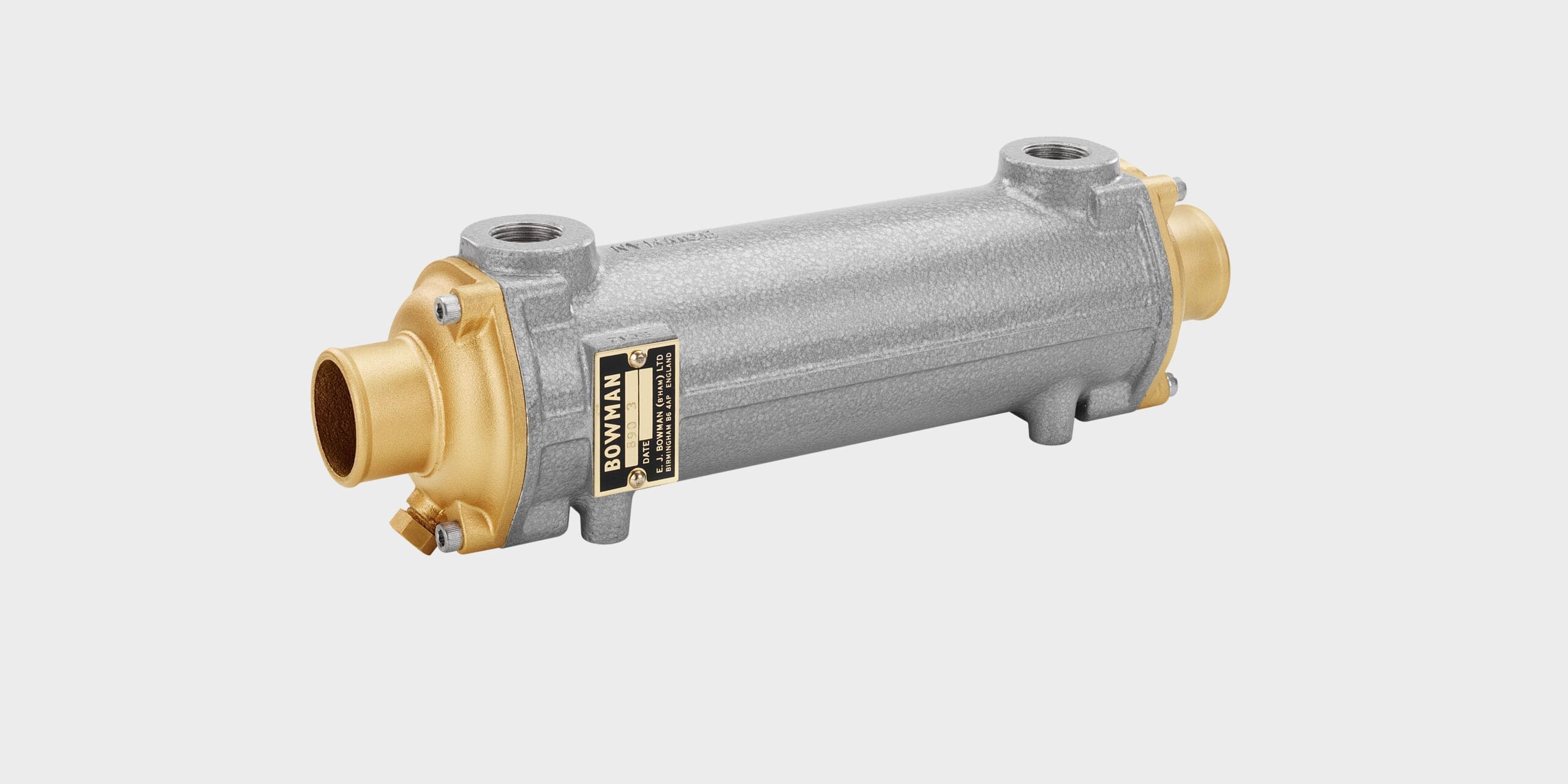
Bowman has a range of highly efficient oil coolers designed for marine and industrial engines and transmissions.

Efficient heat exchangers for cooling electric marine motors, hydrogen fuel cells, battery packs, chargers, AC-DC converters, DC-DC converters, inverters and associated equipment for electric and hybrid marine propulsion and charging systems.
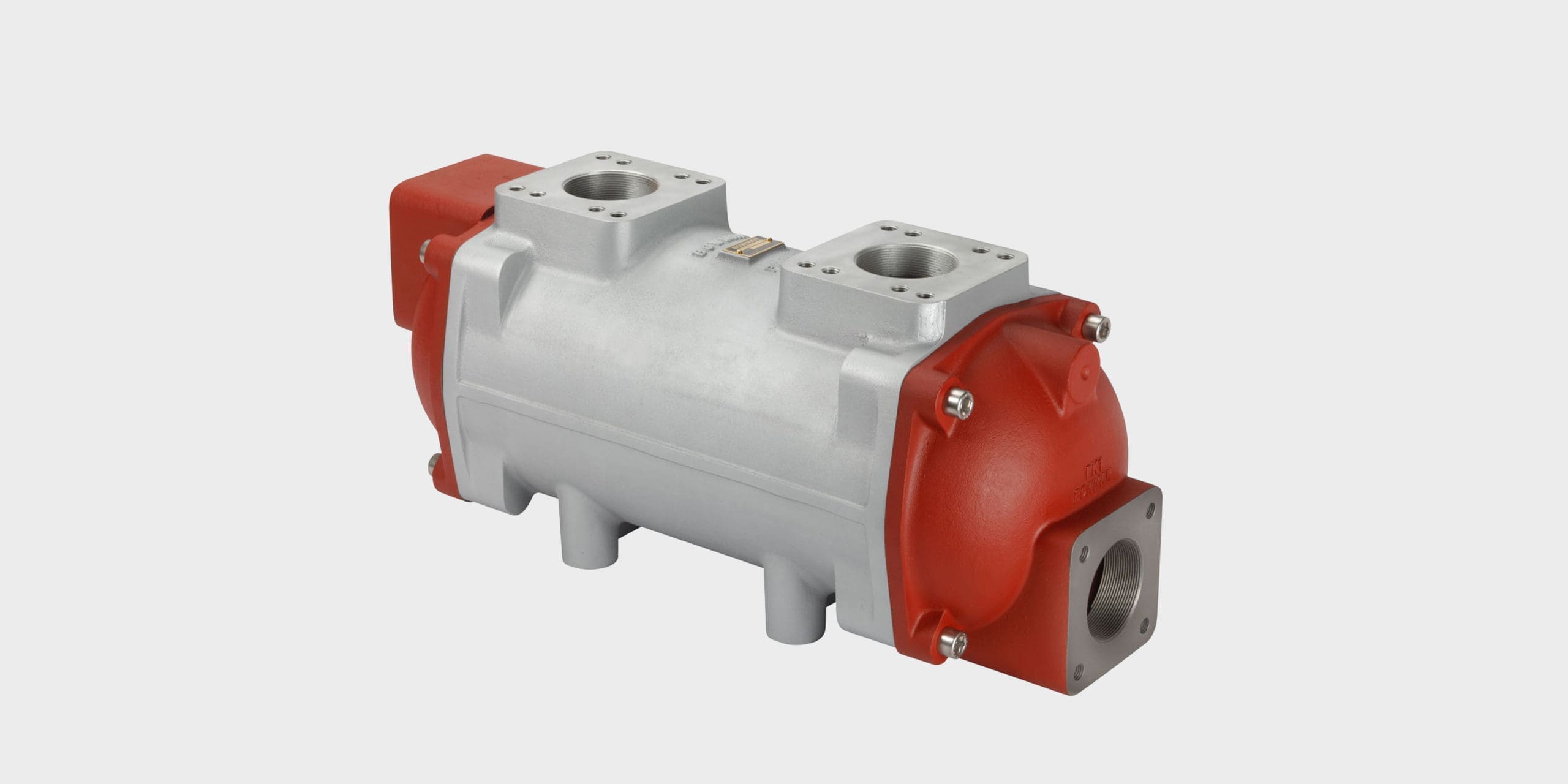
Highly efficient heat transfer solutions for cooling a variety of applications where air and fluids need to be cooled by fluids.
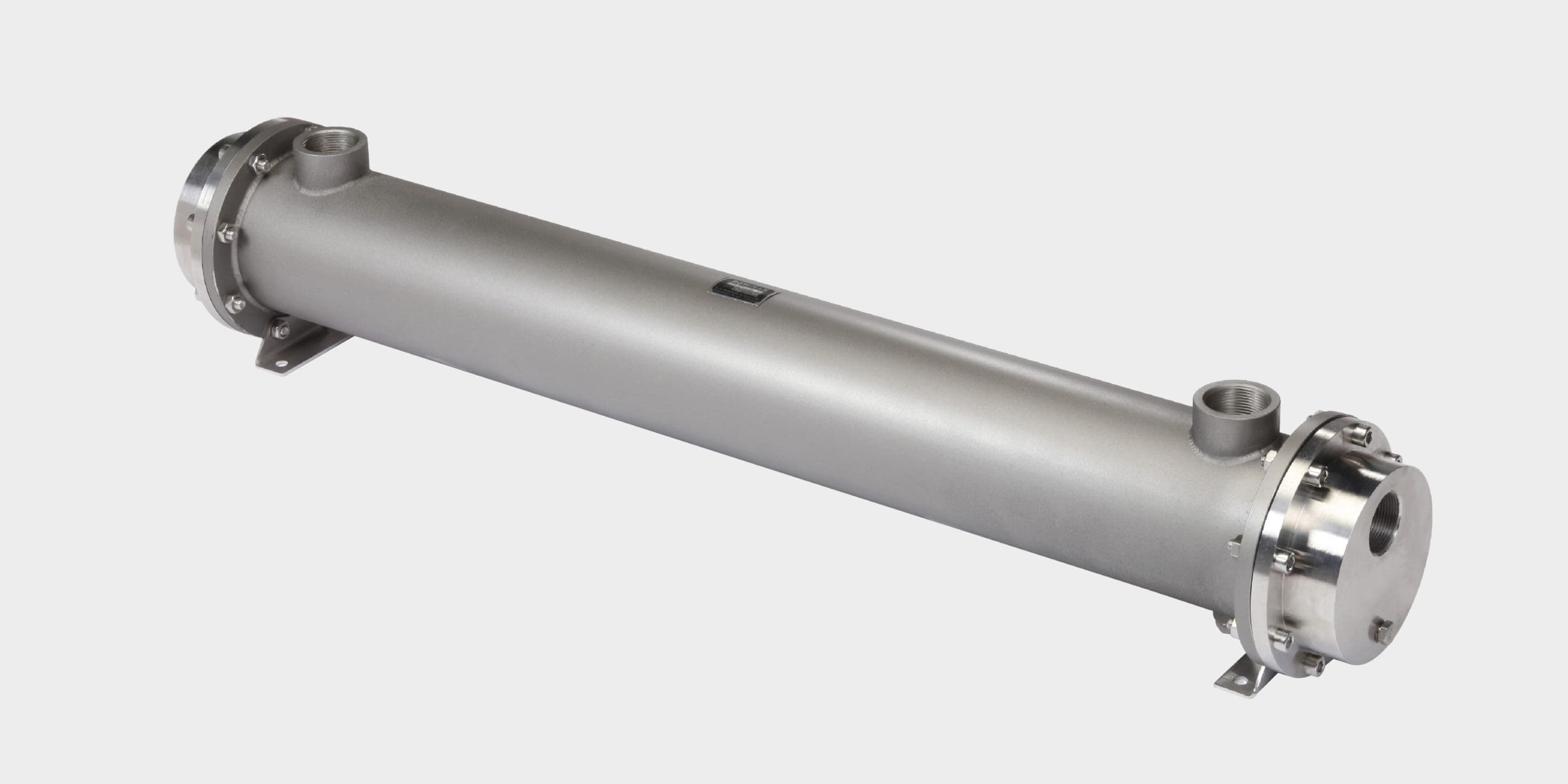
Many applications require stainless steel shell and tube heat exchangers and Bowman provide a standard range of units that are suitable for cooling or heating a variety of fluids.
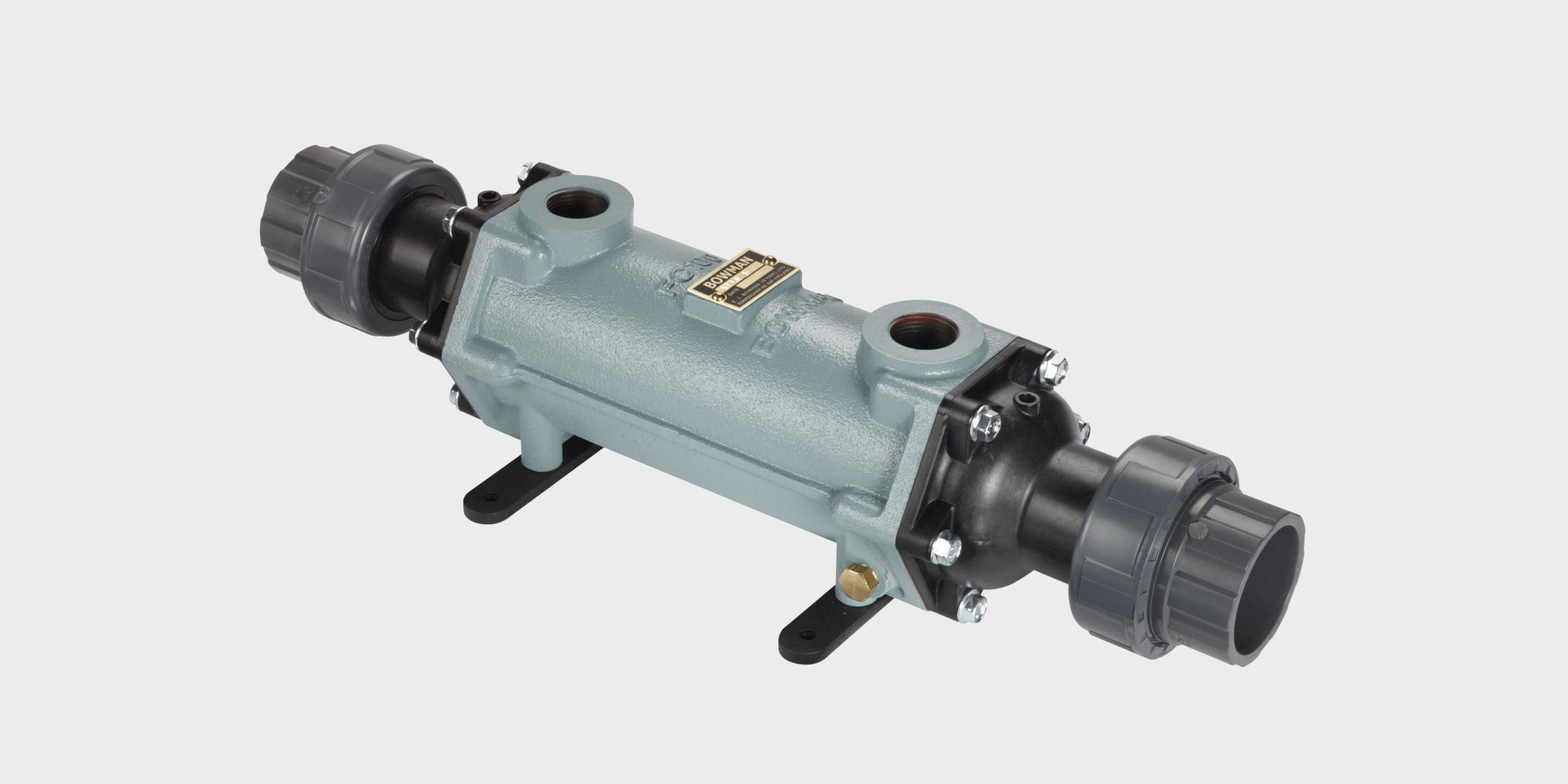
Bowman swimming pool heat exchangers are renowned for reliability and efficiency. Whether heating your pool with a traditional boiler or a renewable energy source, Bowman is the obvious choice.

Premium quality heat exchangers and oil coolers for precise temperature control of engines under test cell development conditions.
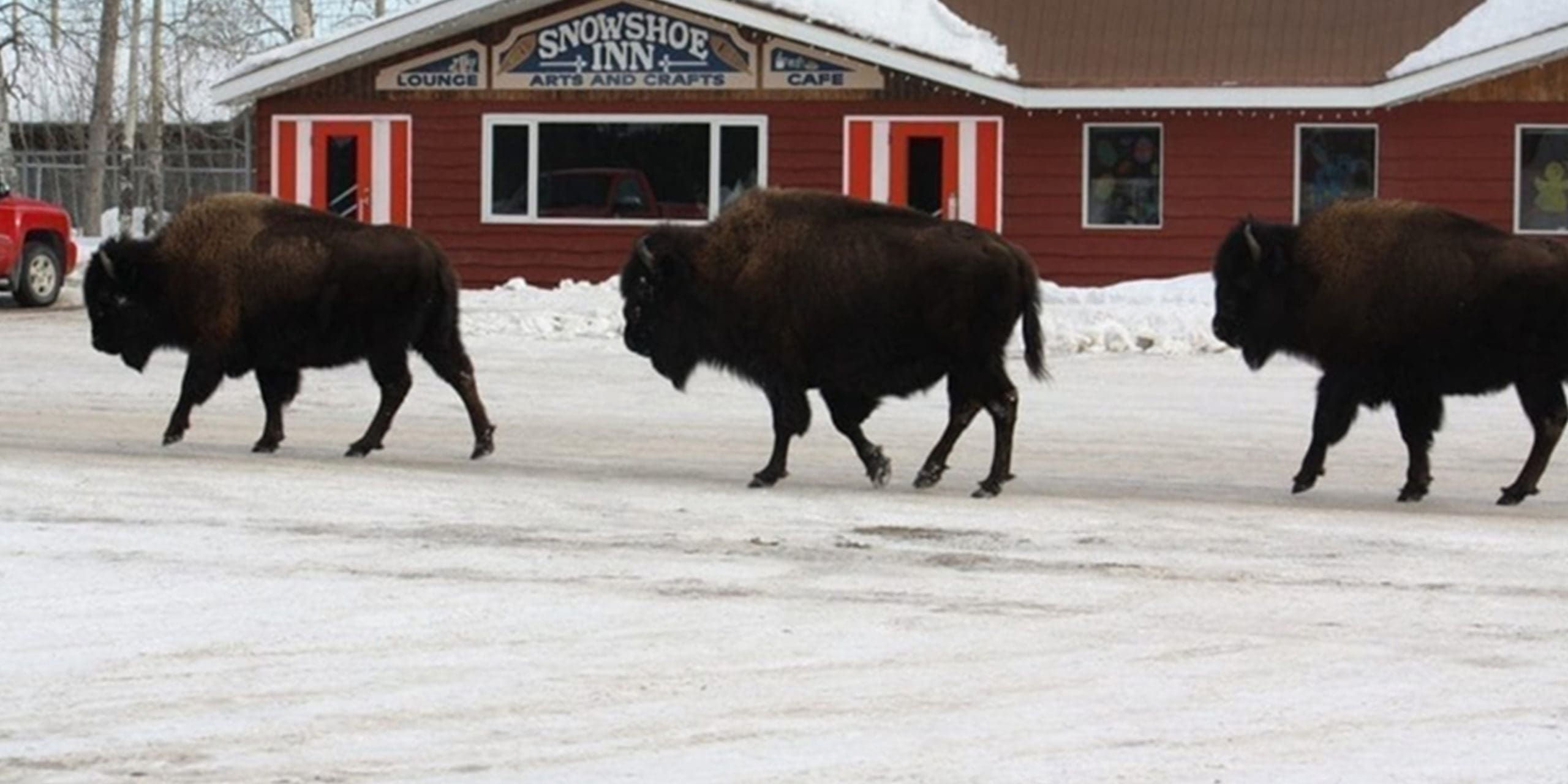
Recovering waste heat energy from engine powered generating sets for biogas, diesel and natural gas applications up to 1 MW.
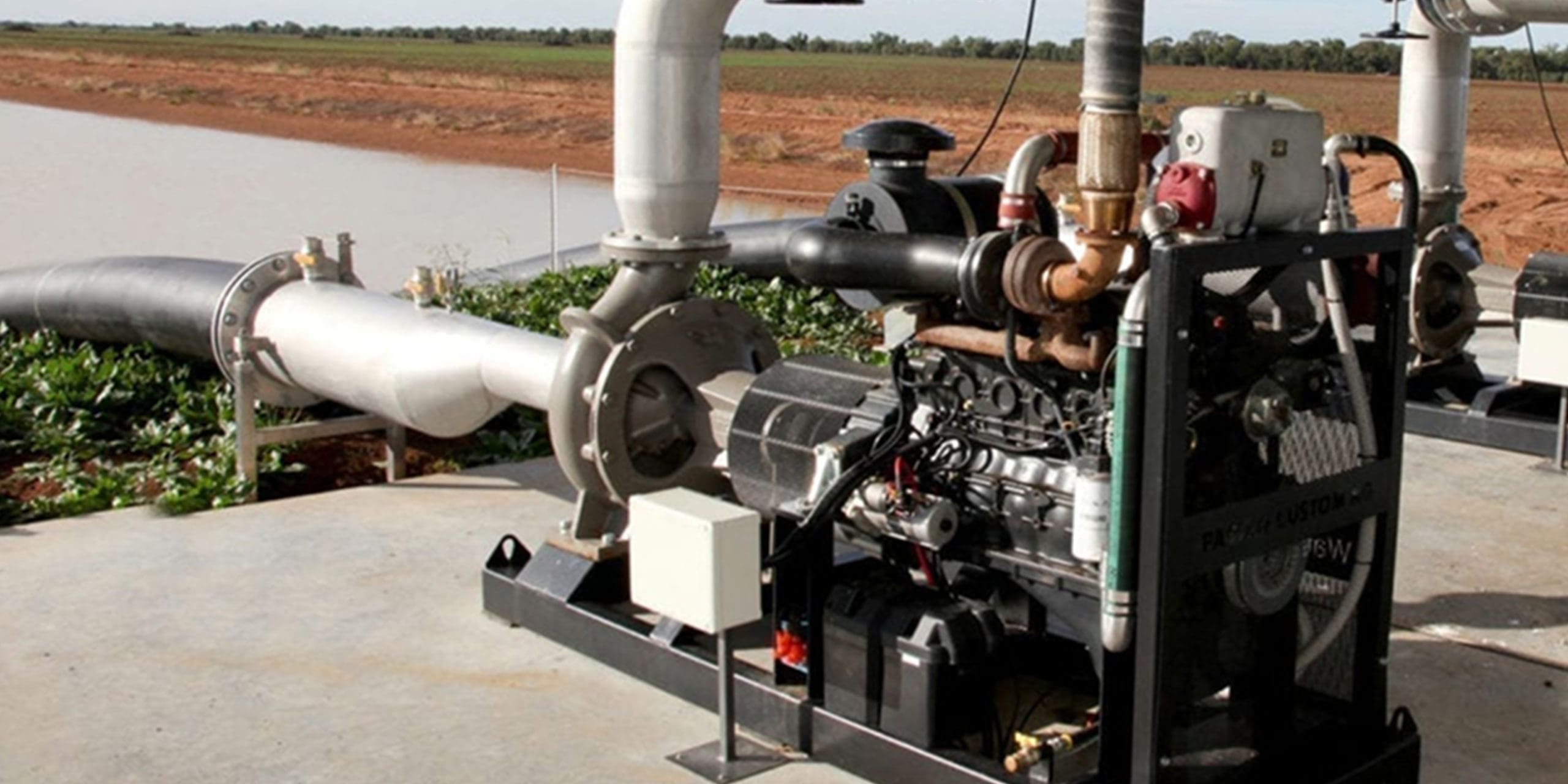
Efficient cooling for stationary / land-based engines where air cooling is either unavailable or inappropriate.
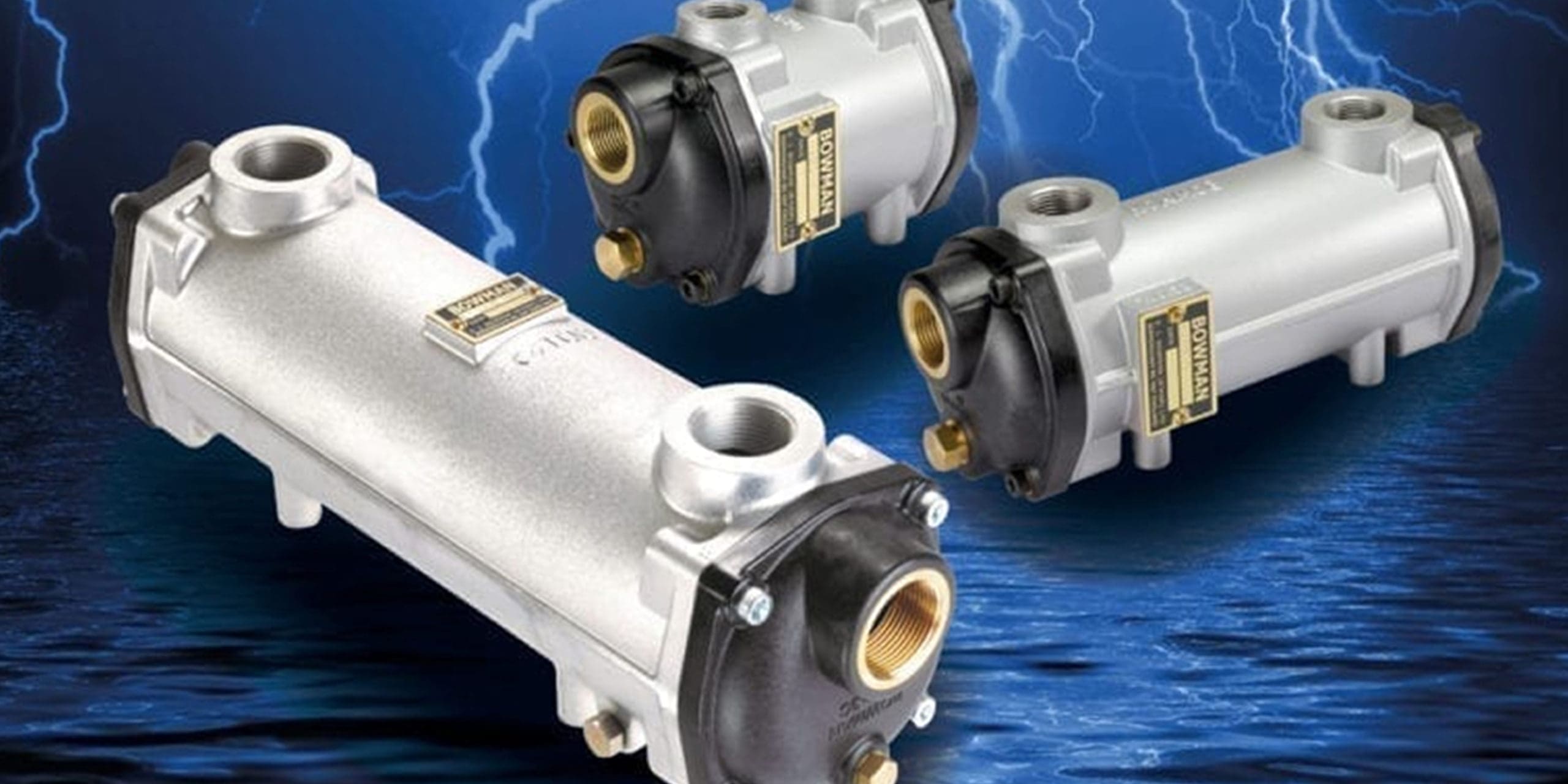
The reliable solution for cooling Electric & Hybrid Marine Propulsion Systems.
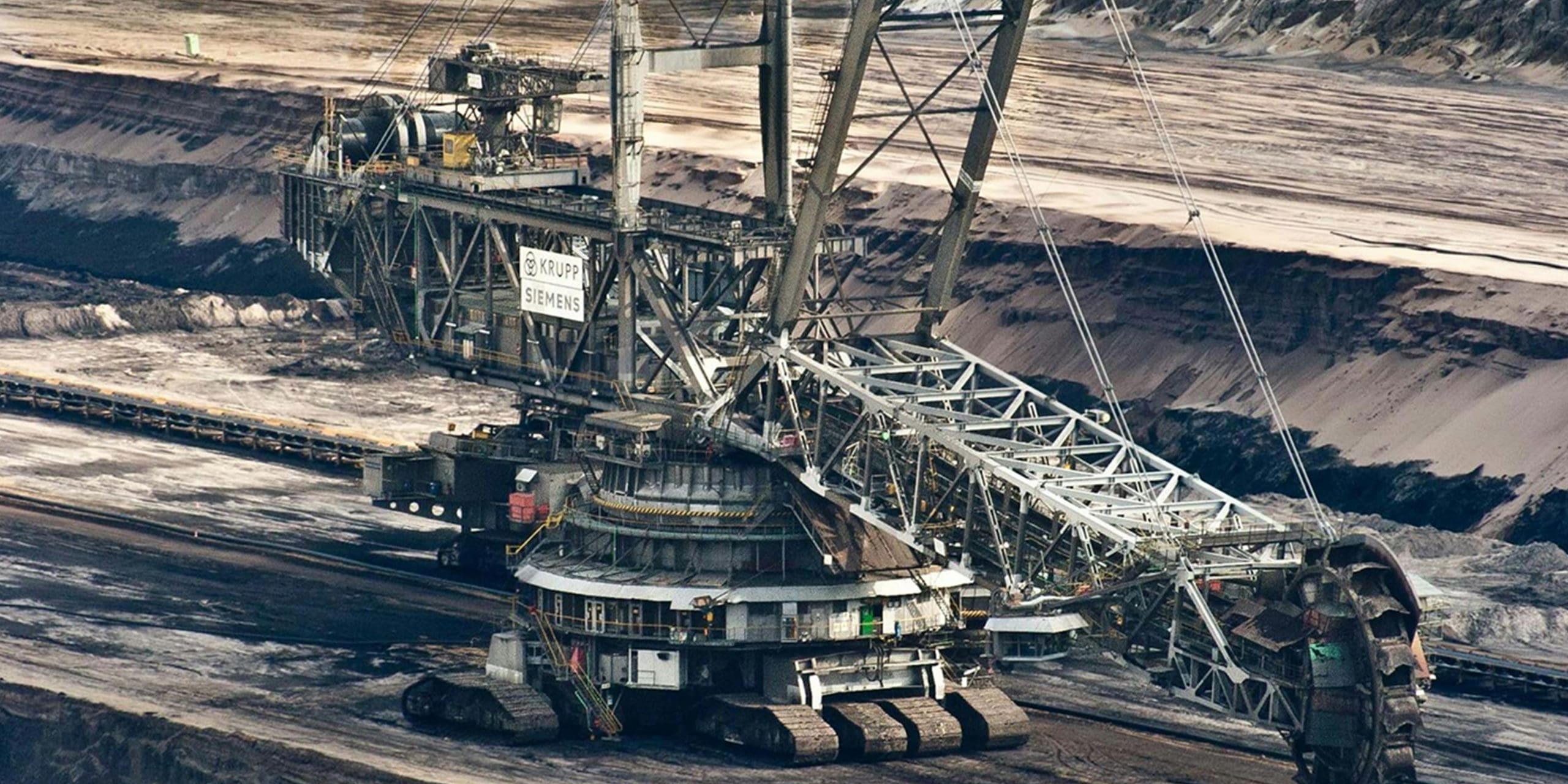
A comprehensive oil cooling solution for industrial hydraulic control systems, plus high temperature and mining applications.
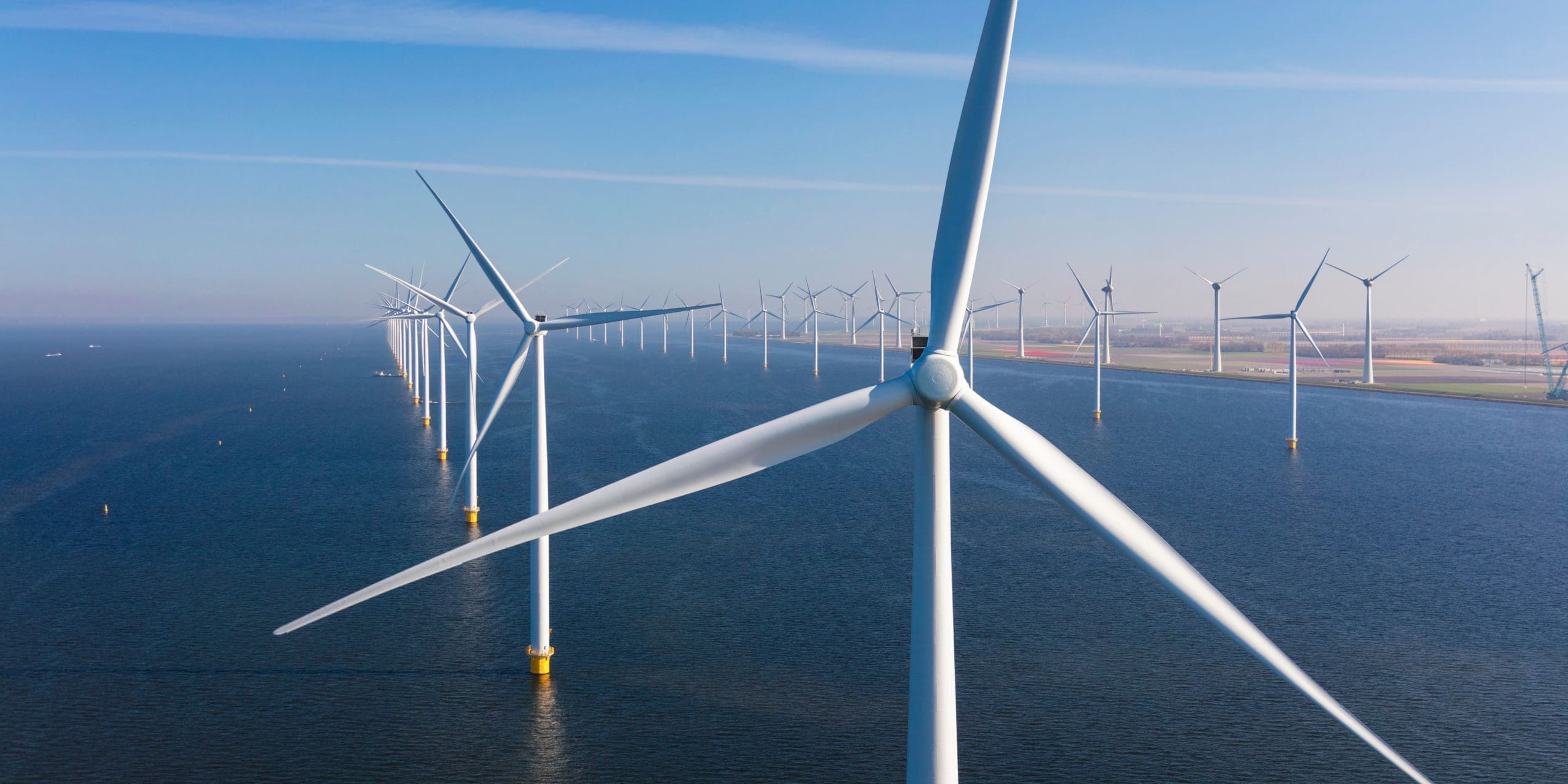
A complete solution for cooling complex on-board hydraulic equipment, including thruster and stabiliser systems.
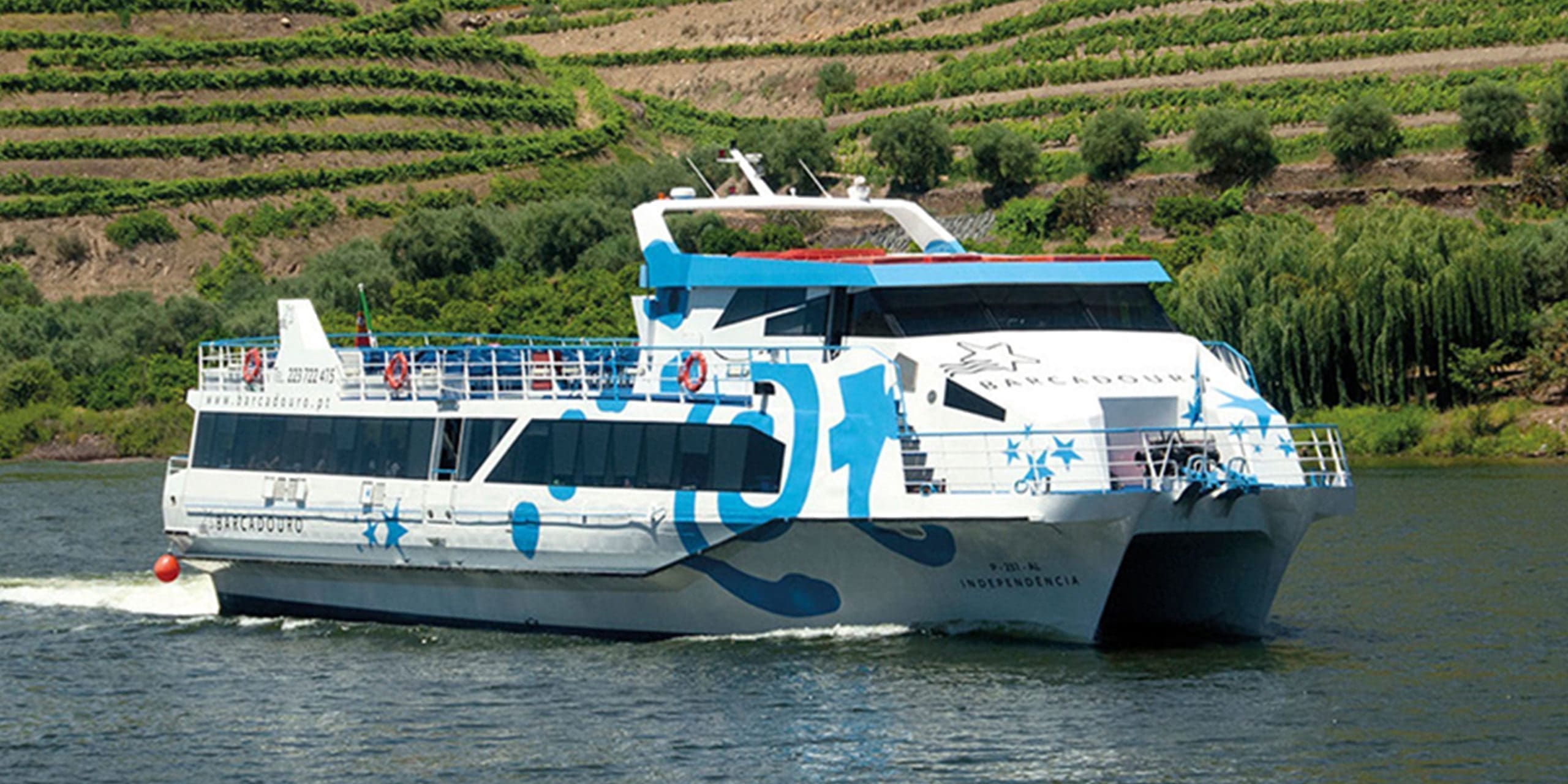
The complete cooling solution for marine engine propulsion, including the latest electric and hybrid systems.
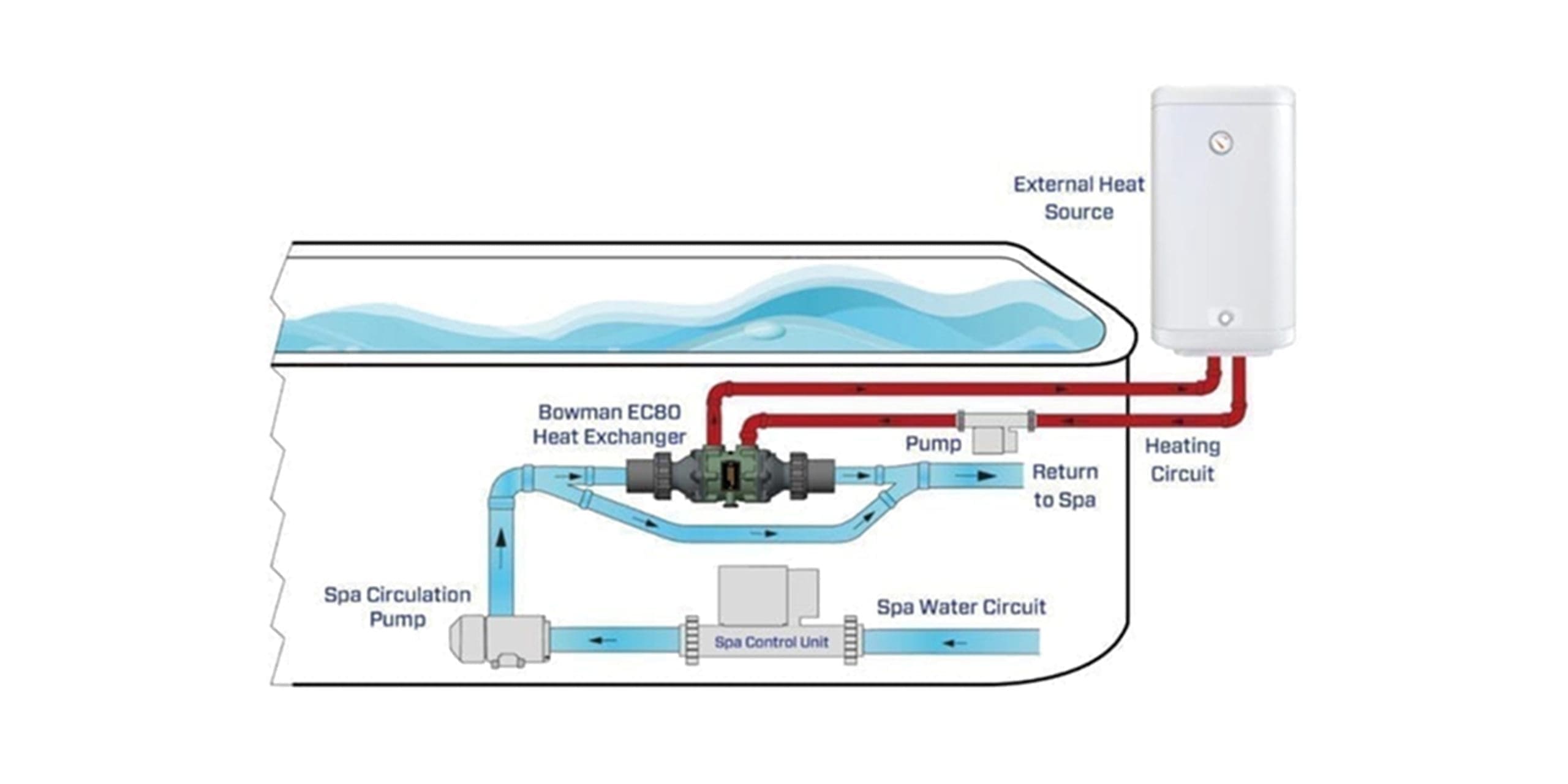
An energy efficient solution for heating hot tubs and swim spas faster, significantly reducing heat-up time for guest change-over periods.

Quality heat exchangers for efficient swimming pool heating, using boiler or renewable energy heat sources.

Ensuring the correct velocity of cooling medium through the heat exchanger is vital to the long-term health of the unit. Get it wrong and results could be terminal.
The velocity (or flow rate) of the fluid that circulates through a typical shell and tube heat exchanger is extremely important. Not only can it have a direct bearing on the heat transfer efficiency of the heat exchanger, in instances where the incorrect flow rate is used, it is often the cause of premature failure of the unit, but for very different reasons. In this article, we will look at some of the reasons why.
Every heat exchanger is designed to operate at a maximum recommended flow rate for the cooling medium being used and manufacturers, such as Bowman, expect this to be adhered to. Unfortunately, real life shows us that this isn’t always the case and in instances where a given flow rate is exceeded, this often results in the premature failure of the unit.
The problem is quite simple. As the flow rate of the cooling medium is increased – beyond the manufacturer’s recommendation – the speed with which the fluid enters the heat exchanger increases and the resulting velocity with which it hits the unit’s tube stack can damage both the tubes and the tube plate securing them in position inside the heat exchanger. Considering that the tube stack is usually the most expensive component in a heat exchanger, it simply doesn’t make sense to ignore the manufacturer’s maximum flow rates, as this premature erosion is costly, both in terms of replacing the unit itself and the resulting downtime due to failure.
But that’s only part of the story. Low flow rates can create a number of other issues, too!
It is widely accepted that a velocity of less than 1 metre per second (1 m/s) reduces the efficiency of the heat exchanger. It’s also a fact that using a heat exchanger that is too large for the application could reduce the heat transfer performance of the unit, as it effectively reduces the velocity of the cooling medium.
And if flow rates are very low, or where the water inside the heat exchanger is allowed to stagnate, this can lead to other problems, which are covered in a separate article ‘Is stagnant water killing your heat exchanger?’ So, for different reasons, both low and high flow rates of cooling fluid can have a serious, detrimental effect on the service life of a heat exchanger.
However, in some applications, low or high water flow rates are simply unavoidable. What do you do in those instances?
At Bowman, we recommend a maximum flow rate of 3 m/s for standard heat exchangers using cupronickel tubes, when cooling with fresh water and 2 m/s when using seawater. For applications where higher velocity is important, alternative materials, such as titanium, are available, which offer extended service life.
Additionally, Bowman also offer a multitude of end cover options allowing cooling water to travel through the tubes in 1, 2 or 3 pass configurations. This enables the same unit to be suitable for a variety of different flow rates, whilst ensuring the velocity is controlled within the set parameters.
But if you are in any doubt about the optimum flow of an existing Bowman unit, or the correct unit for your requirements, use the link to download the manual, which will give more information on the flow rates and velocities that are suitable for each heat exchanger in the Bowman range. Still unsure? Then contact our technical sales team on +44 (0)121 359 5401 or email them on [email protected].
Ensuring the correct velocity of cooling medium through the heat exchanger is vital to the long-term health of the unit. Get it wrong and results could be terminal.
The velocity (or flow rate) of the fluid that circulates through a typical shell and tube heat exchanger is extremely important. Not only can it have a direct bearing on the heat transfer efficiency of the heat exchanger, in instances where the incorrect flow rate is used, it is often the cause of premature failure of the unit, but for very different reasons. In this article, we will look at some of the reasons why.
Every heat exchanger is designed to operate at a maximum recommended flow rate for the cooling medium being used and manufacturers, such as Bowman, expect this to be adhered to. Unfortunately, real life shows us that this isn’t always the case and in instances where a given flow rate is exceeded, this often results in the premature failure of the unit.
The problem is quite simple. As the flow rate of the cooling medium is increased – beyond the manufacturer’s recommendation – the speed with which the fluid enters the heat exchanger increases and the resulting velocity with which it hits the unit’s tube stack can damage both the tubes and the tube plate securing them in position inside the heat exchanger. Considering that the tube stack is usually the most expensive component in a heat exchanger, it simply doesn’t make sense to ignore the manufacturer’s maximum flow rates, as this premature erosion is costly, both in terms of replacing the unit itself and the resulting downtime due to failure.
But that’s only part of the story. Low flow rates can create a number of other issues, too!
It is widely accepted that a velocity of less than 1 metre per second (1 m/s) reduces the efficiency of the heat exchanger. It’s also a fact that using a heat exchanger that is too large for the application could reduce the heat transfer performance of the unit, as it effectively reduces the velocity of the cooling medium.
And if flow rates are very low, or where the water inside the heat exchanger is allowed to stagnate, this can lead to other problems, which are covered in a separate article ‘Is stagnant water killing your heat exchanger?’ So, for different reasons, both low and high flow rates of cooling fluid can have a serious, detrimental effect on the service life of a heat exchanger.
However, in some applications, low or high water flow rates are simply unavoidable. What do you do in those instances?
At Bowman, we recommend a maximum flow rate of 3 m/s for standard heat exchangers using cupronickel tubes, when cooling with fresh water and 2 m/s when using seawater. For applications where higher velocity is important, alternative materials, such as titanium, are available, which offer extended service life.
Additionally, Bowman also offer a multitude of end cover options allowing cooling water to travel through the tubes in 1, 2 or 3 pass configurations. This enables the same unit to be suitable for a variety of different flow rates, whilst ensuring the velocity is controlled within the set parameters.
But if you are in any doubt about the optimum flow of an existing Bowman unit, or the correct unit for your requirements, use the link to download the manual, which will give more information on the flow rates and velocities that are suitable for each heat exchanger in the Bowman range. Still unsure? Then contact our technical sales team on +44 (0)121 359 5401 or email them on [email protected].

Bowman CHP heat exchangers provide vital heating for the Halley VI Antarctic research station.

If you can’t stand the heat – get a Bowman heat exchanger! How Bowman heat exchangers have solved a major cooling headache for a Portuguese river cruising company.

Bowman heat exchangers are delivering 21st century reliability and efficiency to an historic open air pool complex in South Wales.

A new ‘closed loop’ grain drying system, using Bowman heat exchangers has significantly reduced energy costs and improved efficiency in Finland.

Bowman CHP heat exchangers provide vital heating for the Halley VI Antarctic research station.

If you can’t stand the heat – get a Bowman heat exchanger! How Bowman heat exchangers have solved a major cooling headache for a Portuguese river cruising company.

Bowman heat exchangers are delivering 21st century reliability and efficiency to an historic open air pool complex in South Wales.

A new ‘closed loop’ grain drying system, using Bowman heat exchangers has significantly reduced energy costs and improved efficiency in Finland.